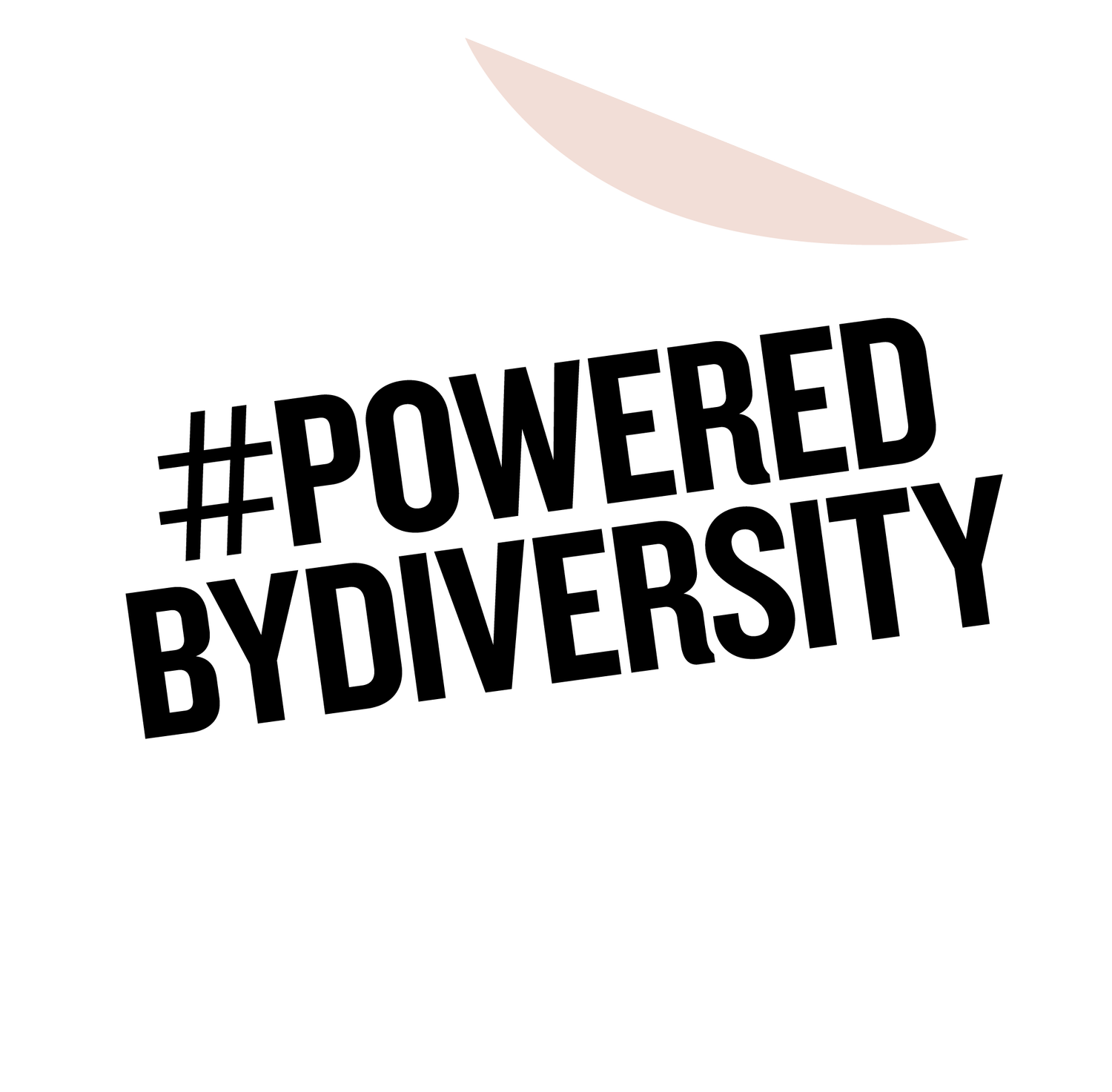10 tips for developing cultural intelligence for a thriving, culturally diverse workplace
Veronica Llorca-Smith, Powered By Diversity Collective Member
We live in an interconnected world and work with multiple cultures daily. That often leads to misunderstanding, communication gaps, and unintentional harm. We all look at the world with our own cultural lens and unconscious biases (yes, we all have them!), and as a result, we miss out on the exponential benefits of diversity.
What if we could turn cultures into human bridges and beacons of innovation?
What if we opened our doors to cultural diversity instead of asking people to fit in?
Inclusive leaders thrive in multicultural environments, and so do their teams. They tap into people’s diversity to foster teamwork, celebrate cultures, and welcome different viewpoints. They are humble to learn and eager to grow.
Having lived in nine countries and worked with teams across four continents, I learned that cultural agility is about intention and mindset, but also about deliberate behaviors. Below are ten actionable tips to help you navigate diversity and build your arsenal of cultural EQ.
1. Challenge your affinity bias
By nature, we gravitate toward people who look and sound like us and share a common ground, be it culture, age, appearance, or other. Ask yourself how this impacts your day-to-day, from whom you hire and promote to whom you network with, and set an intention to mitigate your bias.
2. Remove your cultural lenses
The way you breath leadership, feedback, communication, and decision-making is influenced by your culture and background. Intentionally lift those tinted lenses to understand why people lead, communicate, and make decisions in a different way.
3. Use the power of names
Most people struggle to remember names, particularly if they find them unusual and hard to pronounce. A person’s name is the denominator of their identity. Make the effort to memorize it and call people by their names to build connections and make them feel included.
4. Avoid stereotyping
There is a thin line between cultural agility and generalizations about groups of people. Culture is multidimensional and involves elements such as generation, socioeconomic background, language, etc. Culture has depth and breadth and cannot be used as a cookie-cutter to label individuals inside boxes.
5. Promote linguistic inclusion
Acknowledge that English is a second language for many and celebrate linguistic diversity. Encourage people to speak publicly and focus on their ideas and not their accents.
6. Educate yourself on other cultures
Inclusion starts with understanding. Be curious and learn about key festivities and cultures, traditions, and ways of doing business. From formal courses to podcasts and following creators from different communities, there are plenty of educational resources easily accessible.
7. Hire for cultural add, not cultural fit
Most organizations look for candidates who can fit into their culture. It’s often a mask to protect the status quo and play safe. Challenge yourself to look beyond ideal profiles that tick the boxes and bring people who can add perspective and different lived experiences.
8. Speak an inclusive language
Be intentional about the words you use to make people feel included and welcome. Not everyone celebrates Christmas, and not everyone drinks alcohol during happy hour. Terms like “third-world country” or generalizations about regions and countries can be offensive, and seemingly harmless jokes can easily enter the territory of discrimination.
9. Don’t jump to conclusions
Instead, be observant and listen actively, always with positive intent. Sleeping on the desk is unprofessional in the West, but common in many Asian cultures. In some countries, excessive eye contact can be perceived as a sign of arrogance rather than confidence. A quiet room doesn’t mean there are no questions; you might have to read the room, smile and count until ten.
10. Soak yourself in new cultures
Experience new cultures first-hand whenever you can. From traveling to new countries, learning languages, and expanding your network, you have endless opportunities to enrich yourself. Be open to trying different food, watching foreign movies, and getting a taste of a different culture.
Being an inclusive leader starts with an intention and a mindset but doesn’t end there. It’s the small actions, the deliberate changes, and the daily commitments that turn a manager into an inclusion advocate, a role model, and an inclusive leader.
Inclusive leadership starts with you.
About the author
Veronica is a Diversity, Equity & Inclusion consultant, a public speaker, and a writer. She has lived in 9 countries and speaks 6 languages, including Chinese. She has 18 years of experience in senior leadership and people development in Asia-Pacific, working for SMEs and large MNCs like Apple and Estée Lauder.
Her area of expertise is inclusive leadership and managing multicultural teams. She's the author of "The Lemon Tree Mindset" and "Conquering your Burnout" and has published over 400 articles on Medium. She's a seasoned DEI advocate on LinkedIn and a speaker on Podcasts and conferences. She was nominated for the award of Diversity Lead of the Year 2023 by Women in IT Asia.
In her spare time, Veronica is a triathlete and her most important job is CEM (Chief Executive Mum)
Veronica is part of the Powered By Diversity Collective, a collaboration of over 400 diversity and inclusion experts.
About the Collective
The Powered By Diversity Collective works with Powered By Diversity to produce a wealth of lived experience playbooks, videos and other training materials to give businesses the tools to create a truly equitable, diverse and inclusive workplace.
Further materials (available though subscription to the Powered By Diversity award winning data platform)
An Ally’s Guide to Inclusive Language
How to Recruit for Equality and Retain Diverse Talent
An Introduction to Sex, Gender & Equality
An Allies' Guide to Anti-Racism for the Workplace
Disability Inclusion & Anti-ableism for the Workplace
How We Do Inclusive Recruitment (video)

